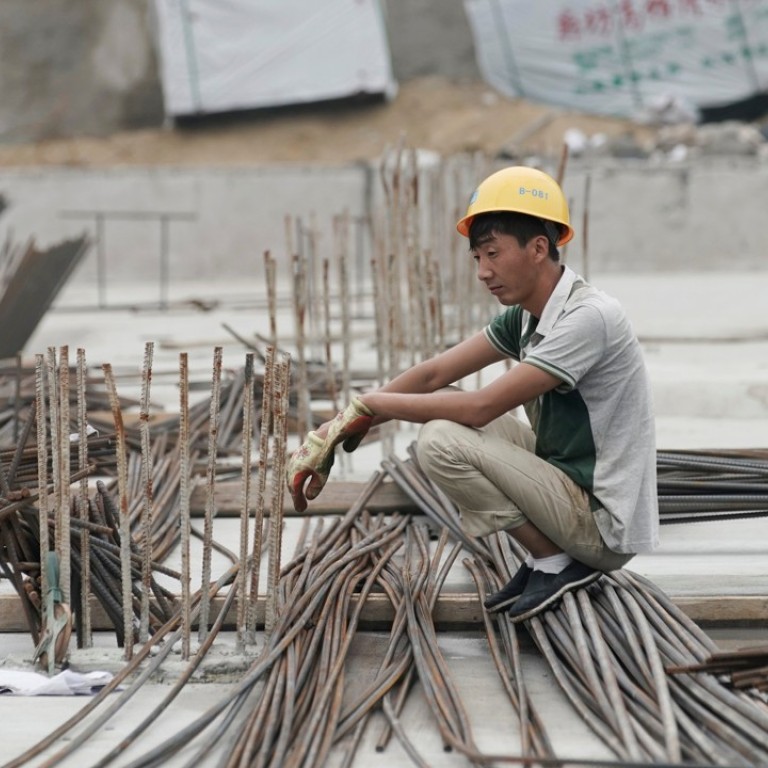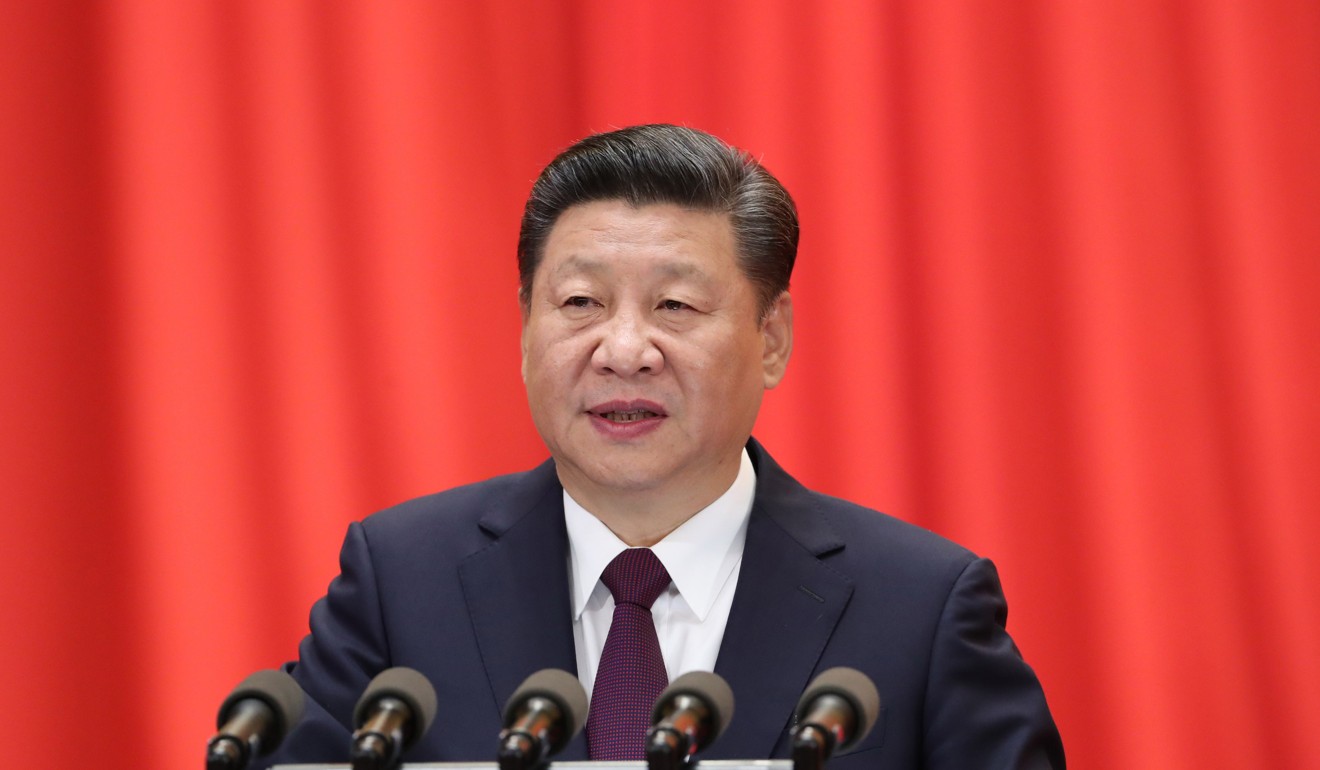
The risk of the middle-income trap just increased for China. Here’s why
Xi Jinping’s jettisoning of specific GDP goals post 2020 might soothe those who fear a growth-at-all-costs culture, but without such targets, local governments may lose their dynamism
Reform-minded economists in China have long called on the ruling Communist Party to abandon its obsession with growth targets for the country’s gross domestic product. Last week they got their wish. The may come to regret it.
When Chinese President Xi Jinping delivered his “work report” last week, he declared his intention to build a “great modern socialist country” by 2050. But notably he failed to decree any specific economic growth targets for the years after 2020.
Is Japan’s long slump finally ending?
Instead, he spoke somewhat nebulously about the broad range of requirements to create a “better life” for the people of China. For example, he mentioned the environment 89 times in his three-and-a-half hour speech. China’s economy was mentioned only 70 times.
His tone was a stark contrast to that of Chinese leaders in the past. In 2012, Xi’s predecessor Hu Jintao declared economic development to be the central task of the party. And in 2015, Xi himself promised that China’s annual growth would not fall below 6.5 per cent over the subsequent five years – the minimum rate needed to deliver past leaders’ pledges to double the national income between 2010 and 2020.

Now that goal has all but been achieved, Xi has jettisoned specific targets for post-2020 GDP growth rates. Many economists are delighted, blaming China’s hard targets for creating a growth-at-all-costs culture, which saw local officials and state-owned companies borrow ever-increasing sums to fund excessive investments in unneeded projects.
That credit fuelled investment spree procured the government’s desired growth rates. But economists feared the resulting misallocation of capital, excess industrial capacity and declining returns on investment had grossly distorted China’s economy. The result, they worried, would be a massive financial crisis and a deep economic slump.
Now that Xi is downplaying the political primacy of hard targets, many economists say future growth, although slower, will be more balanced and therefore more sustainable over the long run. Their argument overlooks a key point.

Growth targets may have their drawbacks, but they also have one great overriding merit: simplicity. For years the Communist Party assessed the performance of local officials using the simple metric of GDP growth. Officials whose areas’ GDP grew rapidly were rewarded with promotions. Those whose localities lagged behind were liable to find their careers in the doldrums.
Why Hong Kong’s plan to attract the next Google is a great leap backward
That created a powerful incentive for local governments to focus on producing rapid GDP growth. And perhaps more to the point, by decreeing that GDP growth was the objective – without saying exactly how it should be achieved – the central government fostered a more enterprising, competitive culture among officials. Freed from many of the constraints formerly imposed by central planning, local governments were able to get creative about how they met growth targets.
Sure, the resulting economic growth was frequently unbalanced, and often went hand in hand with official corruption. But it was effective at boosting incomes and living standards, and succeeded in lifting vast swathes of the population out of poverty in record time.

The problem now is that a simple and effective political instruction – deliver growth however you can, as long as you do not create social unrest – is being replaced by a far more abstract objective – work for a “better life”.
And in an attempt to give that nebulous concept form, instead of setting one clear target, Beijing is decreeing a multitude of political, social, environmental and development guidelines covering everything from air quality to poverty alleviation. For some local officials, the objectives against which they are assessed can number in the hundreds.
Such centrally imposed complexity is a recipe for timidity and inaction at the local level. The risk is not so much that growth will suddenly fall off a cliff – ditching explicit growth targets is no reason to think Xi would not open the stimulus taps if the economy were to slow too steeply. Rather, the danger is that the weight of directives from Beijing could crush much of the local economic dynamism that flourished during the era of GDP targets.
If so, China will struggle to generate the enterprising economic innovation it needs to propel the next stage of its development. In that case, China may well find that its economy stagnates at levels of GDP per capita not much above the current figure of around US$16,000, and like Mexico or Brazil before it, it gets caught in the so-called middle-income trap, unable to advance to developed economy status. If that does happen, Xi’s aim of building a “great modern socialist country” will begin to sound more and more like a hollow joke. ■
Tom Holland is a former SCMP staffer who has been writing about Asian affairs for more than 20 years

